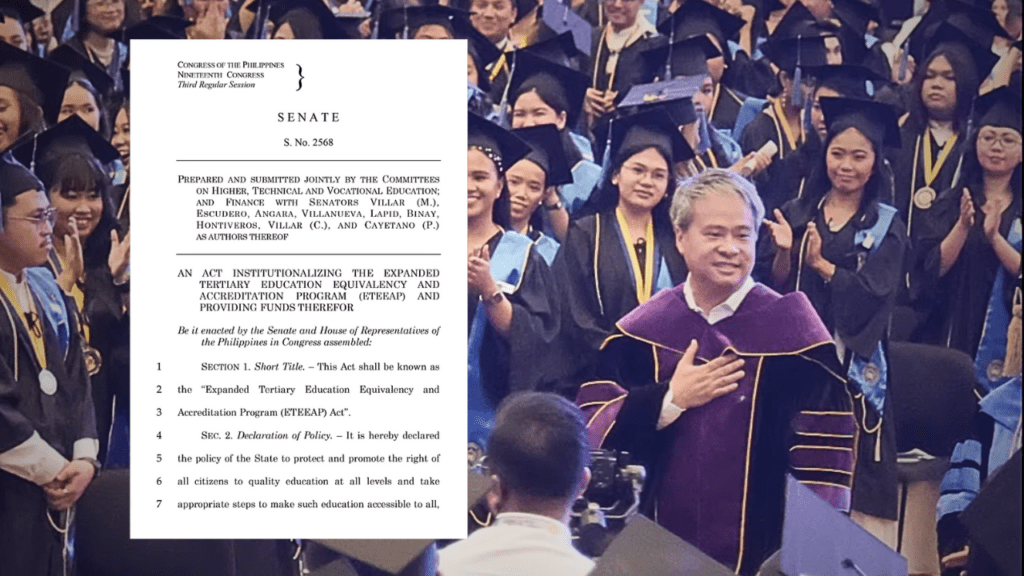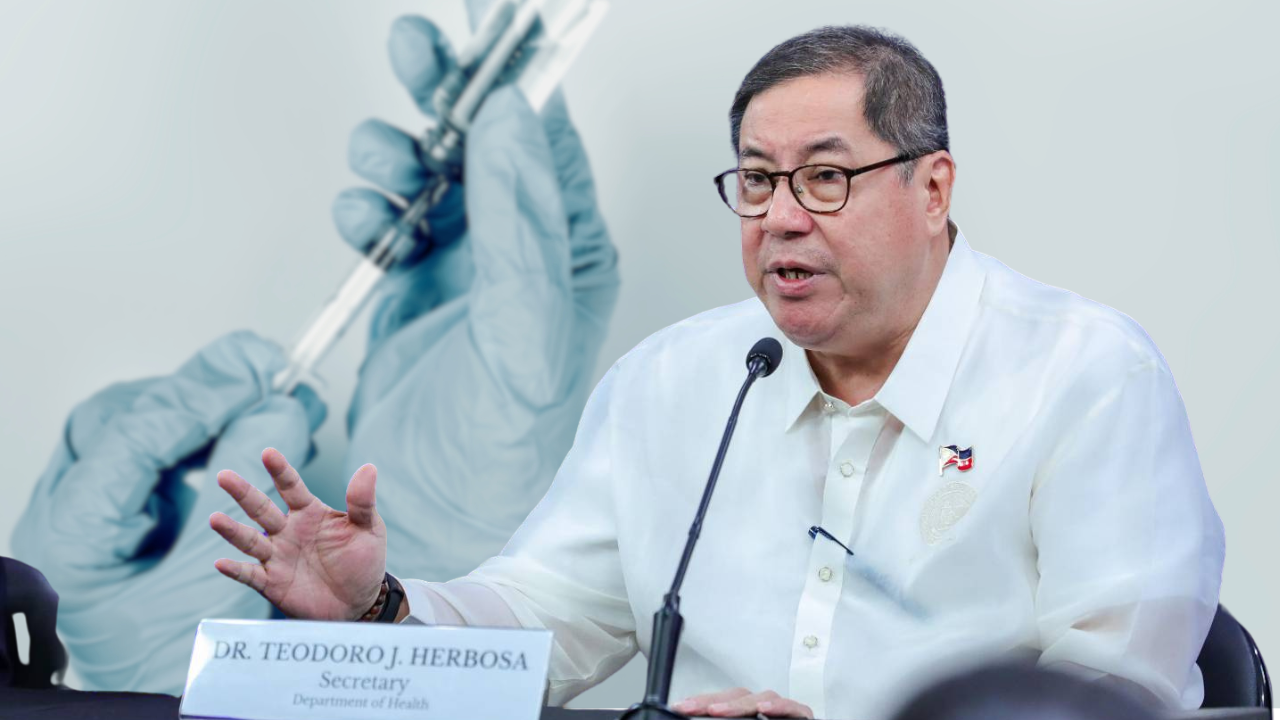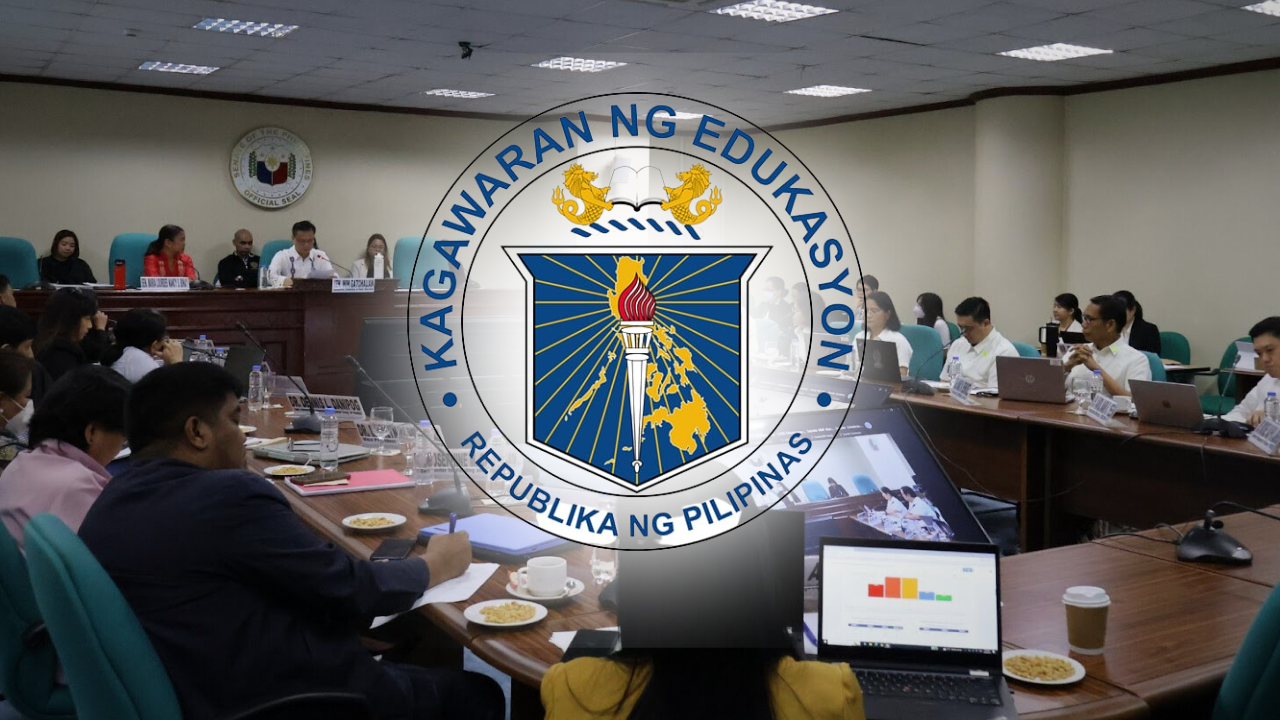
The measure aims to allow individuals who had to start working immediately to have their professional experiences recognized. Photo by The EdLines.
The Senate has unanimously passed Senate Bill No. 2568 on September 16, creating the Expanded Tertiary Education Equivalency and Accreditation Program (ETEEAP).
The bill provides an alternative education program for working professionals to earn undergraduate and graduate degrees based on their work experience and prior learning.
Senator Joel Villanueva, who sponsored the bill, said the measure aims “to allow and empower persons who had to start working immediately” to have their experiences recognized, noting the program will assign academic credits for various forms of learning.
To qualify for ETEEAP, applicants must be Filipino citizens, at least 23 years old and have at least five years of work experience. They also need to complete secondary education, evidenced by a high school diploma or equivalent certification.
Candidates can also submit documentation of relevant training programs or other proof of learning as required by participating colleges and universities.
Senate President Francis Escudero, who chaired the Committee on Higher, Technical and Vocational Education, noted that the program provides an alternative pathway that contributes to career advancement of Filipino professionals.
“By granting them an alternative pathway to earn an appropriate academic degree, this program contributes to the career advancement of Filipino professionals,” Escudero said.
The Commission on Higher Education (CHED) will lead the implementation of ETEEAP and will deputize colleges and universities interested in offering the program. It will also work with other government agencies to identify priority programs and allocate financial assistance for ETEEAP learners.
Villanueva hopes to increase the number of graduates from ETEEAP beyond the current 3,000 annually and expand the number of participating institutions from 110 to potentially 472 as it aims to establish ETEEAP centers in each region.


